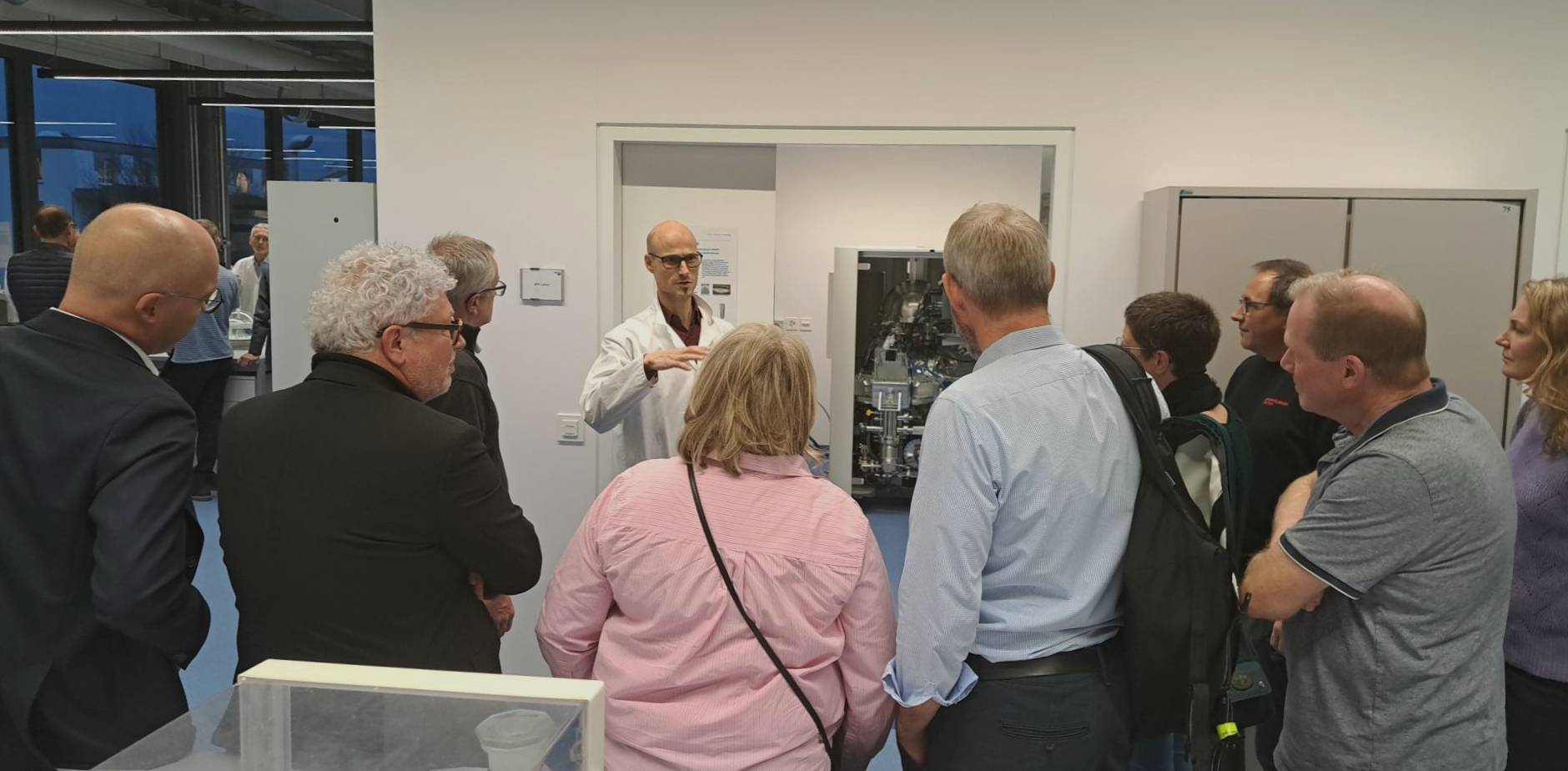RMS Foundation
Robert Mathys-Strasse 1
2544 Bettlach
Switzerland
Phone +41 32 644 2000
The Weibull modulus describes the scattering of the mechanical strength of technical ceramics. It is determined by destructive bending tests and statistically analyzed using the Weibull distribution in order to estimate the reliability of the samples.
While ductile material usually follows a normal distribution of strength, the Weibull distribution describes the fracture behavior of brittle materials such as technical ceramics, in which a fracture is triggered by microdefects and inhomogeneities.
A high Weibull modulus - as required by ISO 13356 with ≥ 8, for example - indicates a low scattering of strength and stable manufacturing processes. A low modulus, on the other hand, indicates greater fluctuations and therefore lower reliability.
Whenever possible, we carry out our testing services in accordance with or based on these international standards:
The Weibull modulus is a measure of the scattering of strength values in brittle materials, particularly in technical ceramics. While ductile materials typically exhibit a normal distribution of strength, the fracture behavior of brittle materials generally follows a Weibull distribution.
The reason for this lies in the microstructural nature of ceramic materials: fracture is primarily triggered by microdefects and inhomogeneities. According to the Weakest-Link model, the weakest point in the material leads to the failure of the entire structure.
A high Weibull modulus - as required by ISO 13356, for example, with a minimum value of 8 - indicates a low scattering of strength values. This means that the defects are more evenly distributed and the manufacturing processes were constant and stable. A low Weibull modulus, on the other hand, indicates large fluctuations in the distribution of defects, which significantly reduces the reliability of the material
In accordance with ISO 13356, 4-point bending tests are carried out to determine the Weibull modulus in accordance with ISO 14704.
The mean value of the flexural strength alone provides only limited information about the quality and reliability of a batch. Two batches may have the same mean value, but differ considerably in the scatter of their strength values. This scatter cannot be adequately described by the standard deviation because the strength of ceramic samples does not follow the normal distribution but the Weibull distribution.
For reliable Weibull statistics, we recommend testing at least 30 samples - this is also the minimum number recommended in the ISO 20501 standard. Using fewer or more samples reduces or increases the statistical significance of the tests.
Yes, the determination of the Weibull module is validated by us and accredited in accordance with ISO/IEC 17025.
Stefan Jakobs
Team Leader Bio- & Structural Mechanics
+41 32 644 2033
Since 1995, the services of our materials testing laboratory have been accredited according to ISO/IEC 17025. Our QM system is ISO 9001 certified.
Here you will find our latest blog posts.

RMS Foundation
Robert Mathys-Strasse 1
2544 Bettlach
Switzerland
Phone +41 32 644 2000
E-Mail
Subscribe to our Info-letter, and we will inform you about 10 times a year about current developments in the fields of material testing, research, and knowledge transfer.